Rapamycin reverses status epilepticus-induced memory deficits and dendritic damage
- PMID: 23536771
- PMCID: PMC3594232
- DOI: 10.1371/journal.pone.0057808
Rapamycin reverses status epilepticus-induced memory deficits and dendritic damage
Abstract
Cognitive impairments are prominent sequelae of prolonged continuous seizures (status epilepticus; SE) in humans and animal models. While often associated with dendritic injury, the underlying mechanisms remain elusive. The mammalian target of rapamycin complex 1 (mTORC1) pathway is hyperactivated following SE. This pathway modulates learning and memory and is associated with regulation of neuronal, dendritic, and glial properties. Thus, in the present study we tested the hypothesis that SE-induced mTORC1 hyperactivation is a candidate mechanism underlying cognitive deficits and dendritic pathology seen following SE. We examined the effects of rapamycin, an mTORC1 inhibitor, on the early hippocampal-dependent spatial learning and memory deficits associated with an episode of pilocarpine-induced SE. Rapamycin-treated SE rats performed significantly better than the vehicle-treated rats in two spatial memory tasks, the Morris water maze and the novel object recognition test. At the molecular level, we found that the SE-induced increase in mTORC1 signaling was localized in neurons and microglia. Rapamycin decreased the SE-induced mTOR activation and attenuated microgliosis which was mostly localized within the CA1 area. These findings paralleled a reversal of the SE-induced decreases in dendritic Map2 and ion channels levels as well as improved dendritic branching and spine density in area CA1 following rapamycin treatment. Taken together, these findings suggest that mTORC1 hyperactivity contributes to early hippocampal-dependent spatial learning and memory deficits and dendritic dysregulation associated with SE.
Conflict of interest statement
Figures



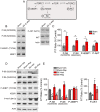
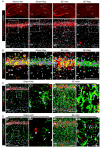
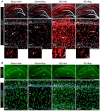
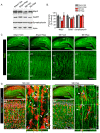
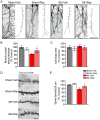

References
-
- Holmes GL (2004) Effects of early seizures on later behavior and epileptogenicity. Ment Retard Dev Disabil Res Rev 10: 101–105. - PubMed
-
- McKay BE, Persinger MA (2004) Normal spatial and contextual learning for ketamine-treated rats in the pilocarpine epilepsy model. Pharmacol Biochem Behav 78: 111–119. - PubMed
-
- Jensen FE (2012) Epilepsy as a spectrum disorder: Implications from novel clinical and basic neuroscience. Epilepsia 52 Suppl 1 1–6. - PubMed
Publication types
MeSH terms
Substances
Grants and funding
LinkOut - more resources
Full Text Sources
Other Literature Sources
Medical
Miscellaneous

